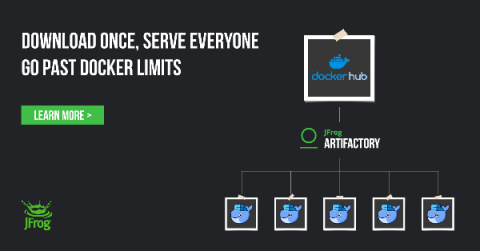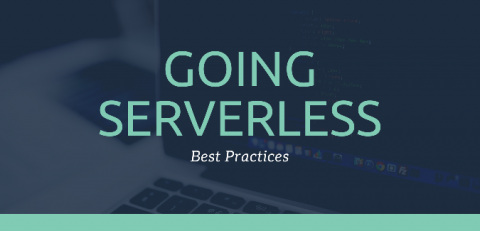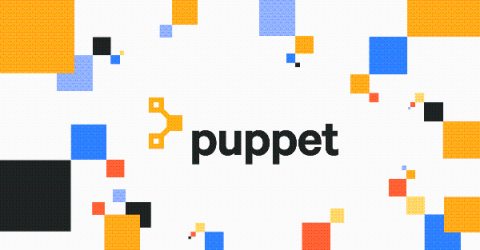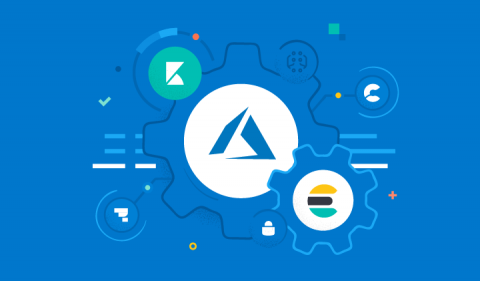Virtualization: Definition, Key Metrics to Monitor
With organizations worldwide moving towards digitization and remote working models, there is an increased need for more computing power and server resources. But not everyone can afford to host state-of-the-art, well-maintained servers in their premises. And that is why virtualization technology is so popular today. Virtualization technology enables organizations of all sizes to make use of IT services without the hardware resource constraint. Are you thinking about how virtualization can help you?











